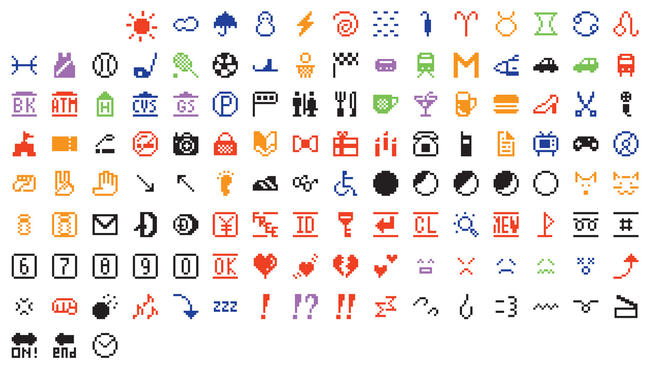When you send an emoji in response to a long text message, you aren’t being lazy – you’re sending art.
Emojis, the most widely used symbols in modern communication, have now been officially recognized as modern art. The Museum of Modern Art (MoMA) in New York City has announced that it has acquired the original 176 emojis for its permanent collection. The same would be displayed in the museum’s lobby from December.
The original emojis were designed in 1999 by Shigetaka Kurita, who was part of the team working on NTT DoCoMo’s mobile internet platform. Kurita created the pictographs on tiny grids measuring 12 pixels by 12 pixels as part of messaging features to facilitate electronic communication. It is said that Kurita took inspiration from weather forecasts that used symbols to show weather and street signs.

Giving rationale for inclusion of emojis in MoMA, Paola Antonelli, senior curator at the museum said that part of the museum’s mission had always been to collect and display timeless art and design. “Emojis as a concept go back in the centuries, to ideograms, hieroglyphics, and other graphic characters, enabling us to draw this beautiful arch that covers all of human history. There is nothing more modern than timeless concepts such as these.” he said.
Soon after the first emojis were created, competitors quickly responded with emojis of their own. By 2006, Google was offering emojis for use in its Gmail service. But their popularity spread only after 2010 when they were incorporated into Unicode, the standard system for indexing characters. Hundreds of emoji characters were encoded in the Unicode Standard (version 6.0) released in October 2010. Apple added them in 2011 to its iOS messaging app. With the widespread usage of smartphones, emojis have now become a standard part of communication vocabulary. So much so that emoji was named as Britain’s fastest growing language last year.
The tiny emojis have travelled a long way in a short span of less than two decades.